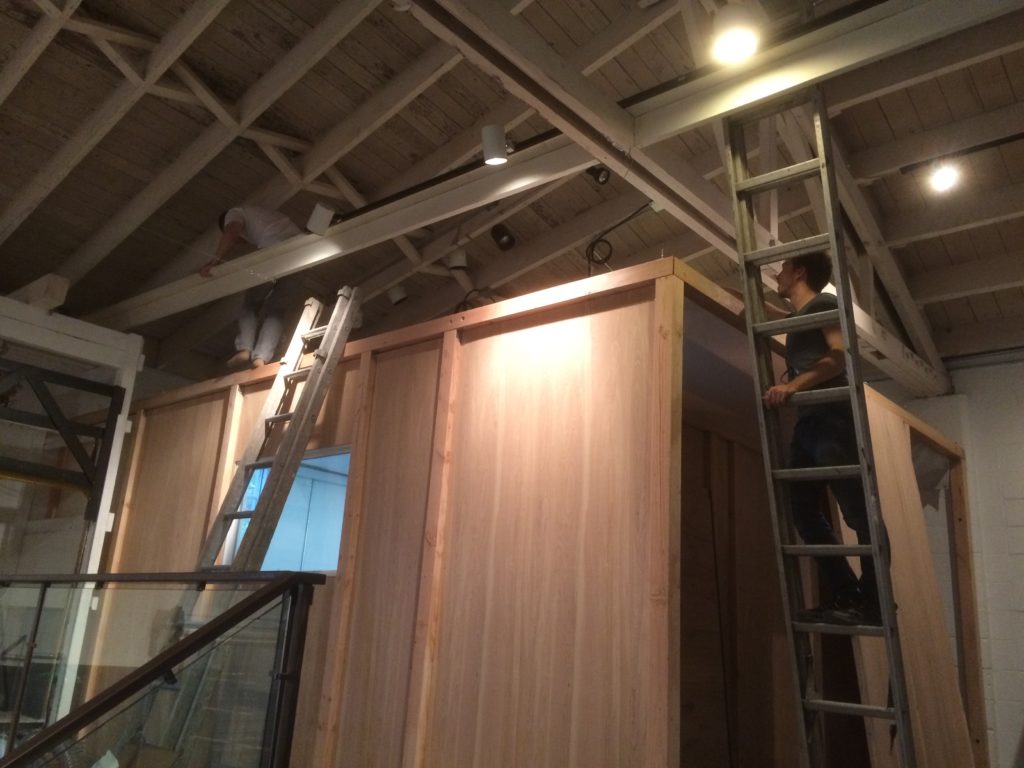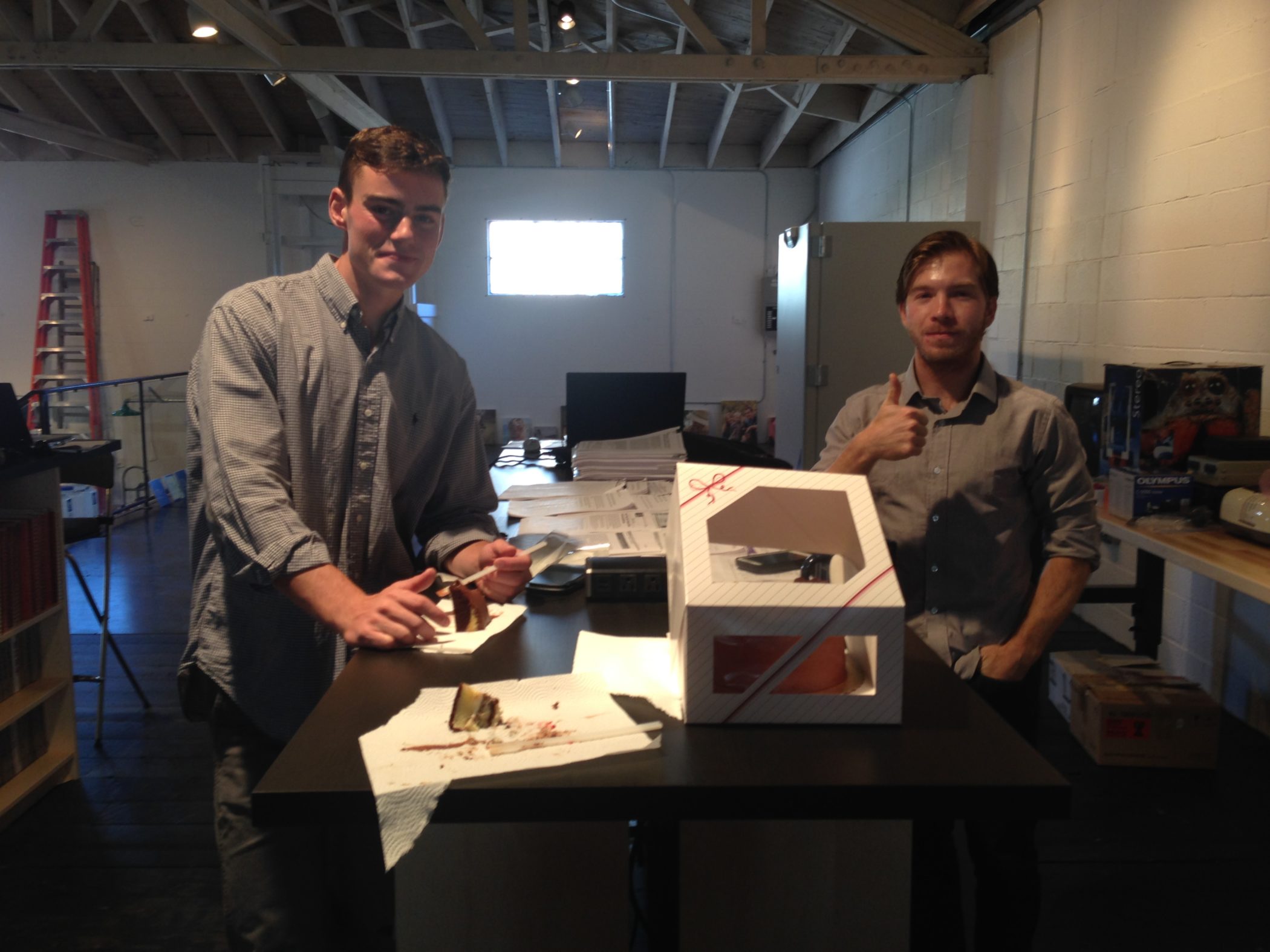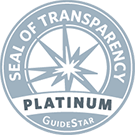My name is Teagan Settelmeyer and I am a medical student at OHSU. I have also been a founding member of cc-TDI. I was asked for some thoughts about the cc-TDI journey, so here we go!
Curing childhood cancer for 1 in 5 children with the most challenging diagnoses hasn’t been easy historically — thinking about it, only 8 drugs have earned FDA approved since 1978. Similarly, our startup period at cc-TDI during 2015 was not easy. I was dedicated to my work and yet frequently failed. No problem seemed to have a simple solution. Instead of fixating on my frustration, however, I have found the myriad of sources of inspiration that encouraged me during these tough times to be more interesting (really interesting). The following is a collection of a few of those memories:
Life outside cc-TDI
I joined cc-TDI immediately after graduating from college just months after cc-TDI was founded. I knew I wanted to go to medical school, and I remember feeling overwhelmed by all of the details required to apply. cc-TDI alumnus and mentor/friend Matthew Svalina (now a UC-Denver MD/PhD student) sat down with me after long days in the lab and rigorously edited my personal statement for application to medical school. He also let me live in his apartment to allow for a seamless transition between my graduation in Oregon and joining the team out in Colorado (the first location of cc-TDI). It was in part because of Matthew’s and other team members’ support and encouragement that I was able to apply and be accepted to medical school while working at cc-TDI.
Talking shop on the back dock
The first couple months at the Beaverton campus were largely spent making the space more of a laboratory and less of an paint factory. Sure, Nike had done $2.5M in improvements inside the building, but the outside aspects of the facility were a challenge. From making a hospitable place of the back loading dock (home to a colony of feral cats) to sorting palettes of historical and nonhistorical significance around the basement, you could say that the glamor of the job faded quickly those few days. I remember during this time looking forward to arriving each morning to chat with Sam, the groundskeeper. I always looked forward to going out the back door to find him relaxing, listening to the radio, and drinking his coffee. His unflappable demeanor was always a good reminder for me to chill out. That lesson, the value of multi-generational communication and appreciating the wisdom that comes with age will stay with me always.
Teamwork makes the dream work
Finally, my most consistent source of inspiration and motivation were my fellow cc-TDI teammates. Specifically, Charles and Noah in the early days were the ones who constantly led by example. Their dedication to the mission and work ethic was inspiring. I could count on them for anything, and they always made themselves available to answer all of my questions. Noah would regularly watch my cell cultures over the weekends. Charles would respond immediately to my late night emails. We were a startup, and passionate about making a difference in the lives of children with cancer.

I especially appreciated that everyone shared their failures and brainstormed solutions together. During the weekly meeting we would regularly be caught up in an idea and abandon the table to pace around the awkwardly empty paint factory, heavily caffeinated perhaps and often skipping meals with bottomless trailmix as a periodic mainstay. We built the mouse house from scratch. We purchased used lab equipment off eBay and pharma online auctions. It was a time of rapid growth that often felt as if we were moving at snails pace (although, in retrospect, we were accelerating). It was because of the camaraderie and support of each other that cc-TDI was able to emerge as not just competitive, but leading. The science started to pick up quickly – cc-TDI now has 29 peer-reviewed scientific research publications and 4 scientific review publications since we started 4 ½ years ago. Over the years the space started to resemble not just a pediatric cancer biotech, but a biopharma laboratory. The staff grew and came from all around the US and the world. Funding came in via grants, but it was the donations that gave us the key step forwards with pivotal equipment and pilot funds to try the newest technologies to develop therapies that hadn’t been envisioned anywhere else in the world.
Now, cc-TDI has many new faces and many exciting new projects, but the spirit is the same. A group of scientifically talented individuals are partnering with families and communities affected by childhood cancers to translate basic science into clinical trials. I am thankful to have played a small part in helping work towards the goal of making childhood cancer universally survivable.


